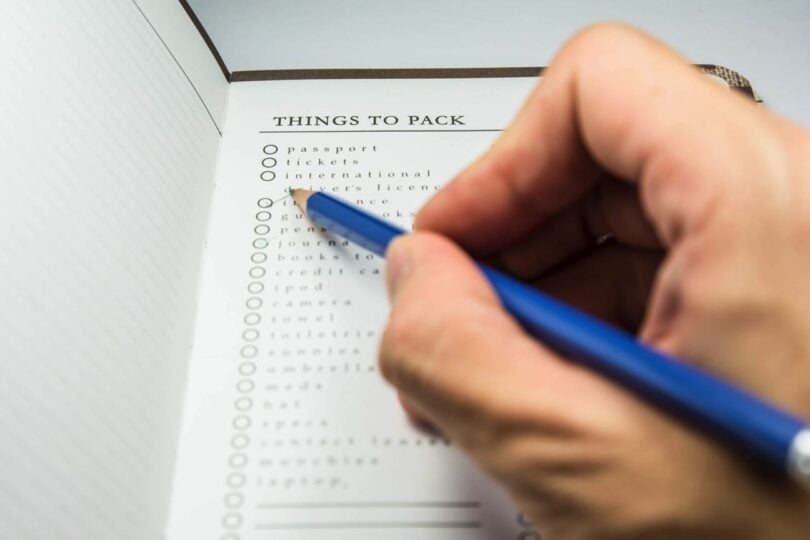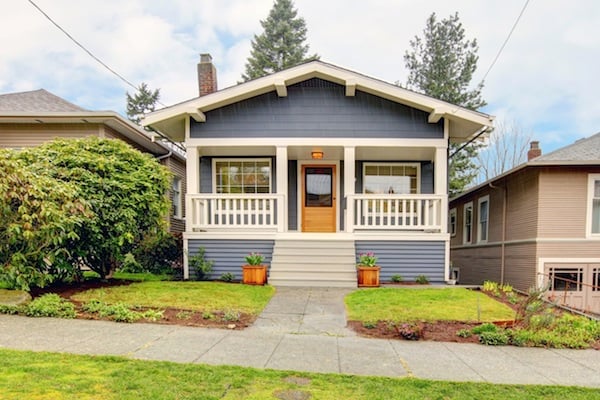You’ve been thinking about moving for quite some time. You finally found that perfect place. It may be a larger apartment or one that is in the neighborhood you’ve been eyeing. Or it’s the house with the big backyard for the kids to play in. You can also enjoy summer barbecues with family and friends. Now comes the hard work, and it begins with making a moving checklist. If you think you don’t need one, think again. Following are some tips on the use of a moving checklist.
A Moving Checklist Helps You Organize
Make no mistake, moving to a new place takes planning. The last thing you want is to forget to take care of something that could end up causing you added stress, and even worse, added expenses. Consider your moving checklist as your to-do list. Break down the checklist into time frames so you know what tasks to do and when: eight weeks, six weeks, four weeks, two weeks, one week, and a few days before moving. This is the most important use of a moving checklist.
What to Include in Your Moving Checklist
There is a laundry list of things to include in your moving checklist. Some of the most important items to include in your checklist six to eight weeks ahead are:
Eight Weeks Ahead of the Move
- Go through every room and decide what you want. Also look at what you don’t need, what you don’t want and what to donate. If you’re planning a garage, yard or estate sale, do so ahead of time.
- Hire movers well ahead of time to get a quote. Always ask for the mover’s DOT license number; whether the company is bonded; and whether the company is licensed for interstate moves, if you’re moving out of state. Be sure the mover is insured. Check out recommendations and referrals. This can all be done online.
- Contact your children’s school, if this applies, to obtain school records. Contact the new school to enroll your kids and get the info on record-transfer procedures.
Six Weeks Ahead of the Move
- If you’re packing the boxes yourself, buy packing supplies (boxes, bubble wrap, tape, etc.).
- Contact your doctors for your records to provide to your new physicians.
- Contact your insurance agent for renters or homeowners coverage on the new place.

On Your Moving Checklist Several Weeks Ahead
As you get closer to your move, your checklist should include the following:
- Begin to pack. Again if you’re doing all the packing, be sure to start early, like four weeks before the move.
- Mark each box with its contents.
- Keep a running list of a room-by-room inventory – this will help keep track of everything you have where things will go in the new home. Also, an updated inventory list will help you get a more accurate estimate from the moving companies. You can send the updated list to ensure there are no surprises or hidden moving costs when the time comes to pack up and go.
- Make sure everything you’re planning to move will fit in the new place. When you went through the declutter process eight weeks ago, if you didn’t do so then, measure your furniture to ensure all will fit in your new home. The last thing you want is to find out the sofa is much too big for the space in the new living area.
- Arrange for someone to take care of your pet on the day of the move – if it’s local. If you’re moving out of town, make travel plans for your pet.
Get Your Documents in Order
- Call the utility companies to disconnect services the day after you move and get the utilities turned on before you arrive. Allow for the time it takes for the cable company to hook you up. Call ahead to ensure you have an appointment set up when you move in.
- Fill out a change-of-address with the post office.
- Let all important vendors and parties know of your move and new address. This includes your bank, credit card companies, subscriptions, etc.
- Send your friends and family a moving announcement. There are a lot of online services for you to create a cool e-card about the move.

The “Right-Before-You-Move” Checklist
Be sure your checklist includes what you should take care of during the last couple of weeks before you move. This includes confirming the move with the moving company, emptying any storage units, finishing packing, and making any last-minute donations. You may have decided while you were packing that some of things you thought you wanted weren’t really necessary. Clean the house (or have it cleaned), and take a video of your empty house so, if you have to, you can show it was left in good condition. Walk through the old home one more time and lock up.
Your checklist should also include what not to pack! Keep important documents such as passports, birth certificates, Social Security cards and banking information with you. Your checkbook, credit cards, medication, laptop and chargers, jewelry and any other valuables should also remain with you. Make sure you have enough cash with you.
Go through the checklist (put it online) and each day mark what you’ve accomplished. Using a moving checklist is the smart and efficient way to go from your old digs to a new home. It gets you organized, saves you money in the long run and gives you peace of mind you’re taking care of everything you need to!








